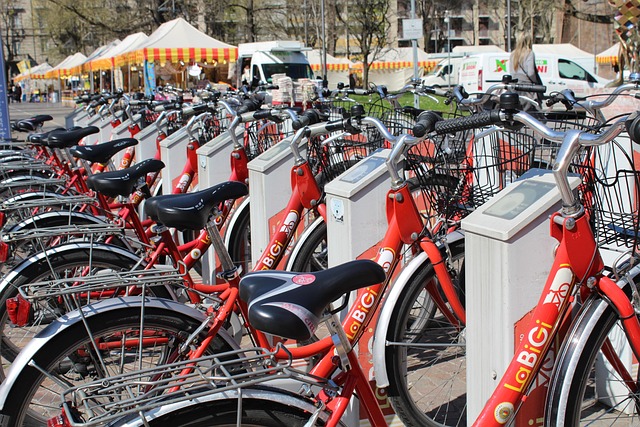Bridging the Divide: Intelligent Transportation for Connected Rural Communities
Rural life holds a unique charm – open spaces, tight-knit communities, and a pace that often feels more connected to the land. Yet, these same qualities can present significant challenges, particularly when it comes to transportation. Long distances, limited public transit options, and reliance on personal vehicles are realities many rural residents face daily. But what if we could integrate smart, forward-thinking solutions that respect the rural landscape while enhancing connectivity and sustainability? This is where the concept of intelligent transportation communities truly shines, offering a path to weave modernity into the fabric of rural life.
Transport Sustainability in the Countryside
Sustainability isn’t just an urban buzzword; it’s crucial for preserving the very environment that makes rural areas appealing. Traditional transportation patterns in less densely populated regions often involve single-occupancy vehicles traveling significant distances, leading to higher fuel consumption and emissions. Intelligent Transportation Systems (ITS) offer powerful tools to shift this paradigm. Think about optimized routing that reduces travel time and fuel use, shared mobility platforms tailored for lower demand areas, or the strategic placement and management of electric vehicle charging infrastructure. Integrating these technologies can lower the environmental footprint of rural travel, making mobility greener and more efficient for residents and visitors alike.
Driving Rural Development Through Smart Mobility
Beyond environmental benefits, integrating intelligent transportation is a catalyst for rural development. Improved transportation access can unlock new economic opportunities by making it easier for residents to commute to jobs, for businesses to transport goods, and for tourism to flourish. Access to essential services like healthcare, education, and retail is significantly enhanced when mobility options are more varied, reliable, and accessible through smart booking and information systems. ITS can also support local services, for instance, by optimizing routes for school buses or community transport. This isn’t just about moving people and goods; it’s about connecting communities, reducing isolation, and creating more vibrant, resilient rural economies and societies.
Integrating intelligent transportation into rural communities is about more than just deploying technology. It’s about thoughtful adaptation – ensuring solutions fit the local context, leverage existing infrastructure where possible, and genuinely meet the needs of the people who live there. It’s about fostering intelligent communities” where technology serves to strengthen connections, enhance quality of life, and pave the way for a sustainable future, one smart journey at a time.




